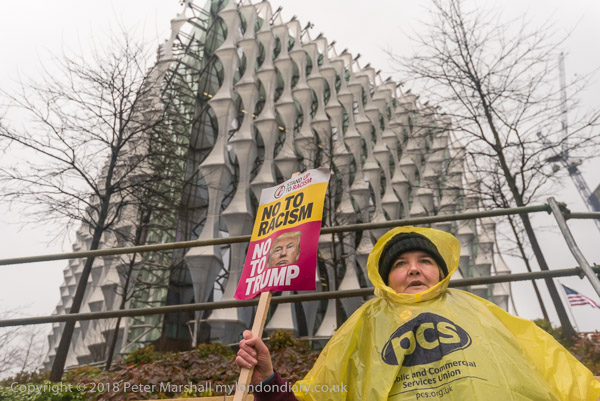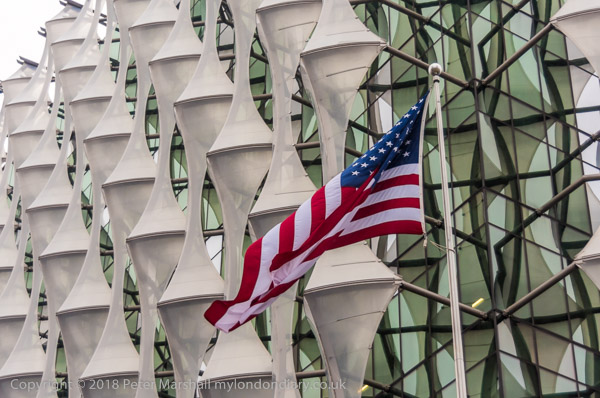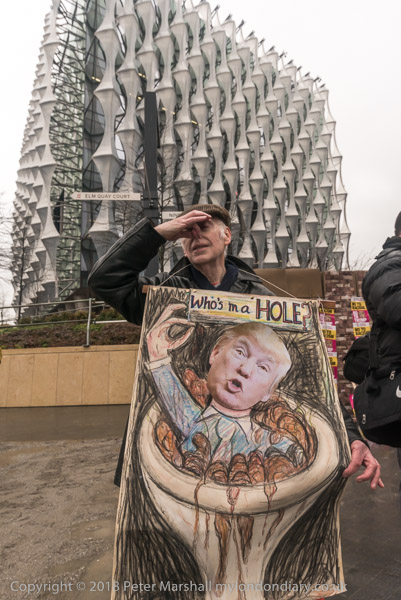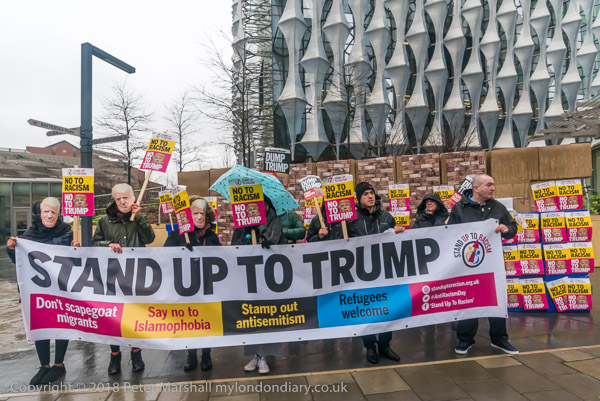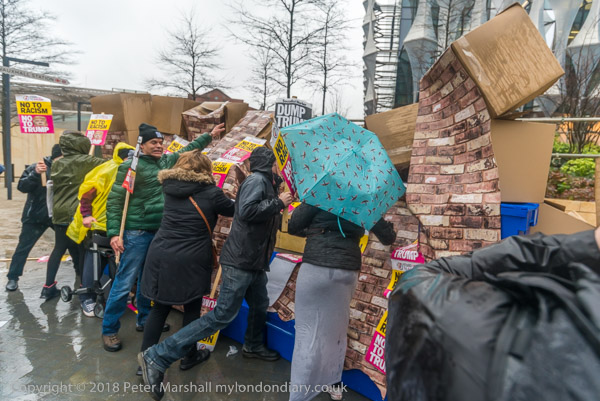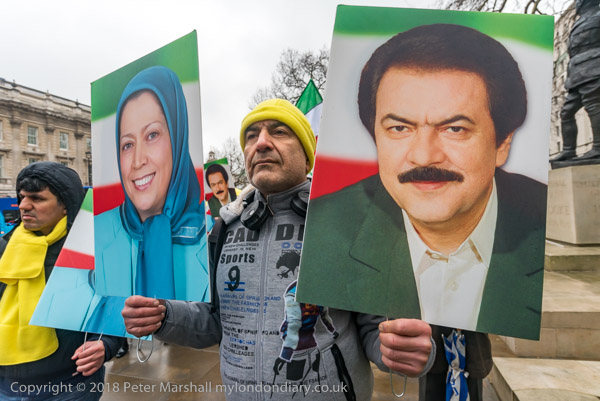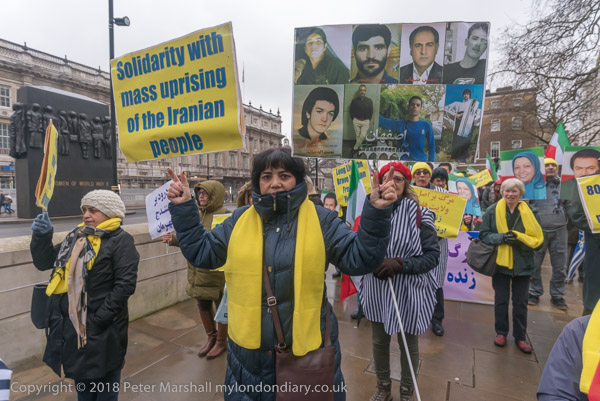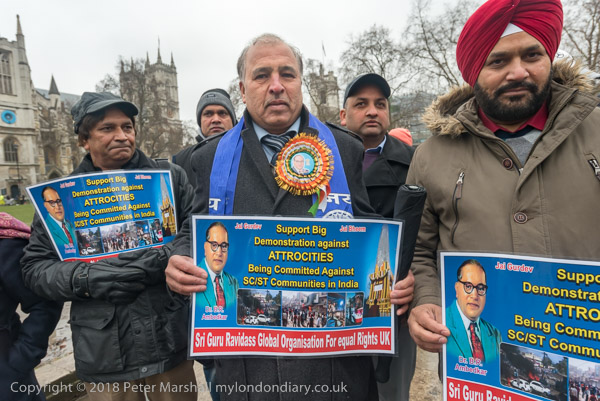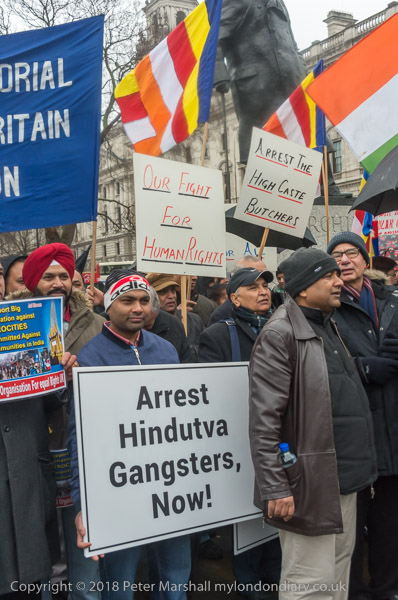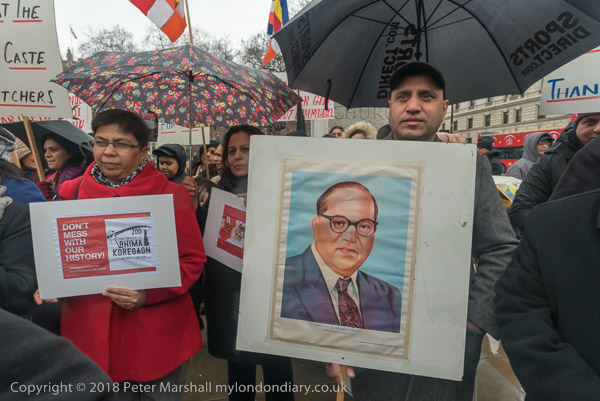I seldom these days think or write much about contemporary photography or the future of photography, though it was something that was a part of my remit as a working journalist for some years a while back. Nowadays I seem to be too busy with my own work – both current and past – to think or write much about anything else.
But I’ve recently been intrigued by a Twitter thread by John Macpherson, better known as duckrabbit, a photographer and author of one of the few photography blogs I read regularly and admire greatly for the principled stance he has taken in recent controversies over Magnum and Child Abuse and other issues.
I have to admit I don’t actually take any real part in Twitter, never having found out how to sort the wheat from the incredible volume of chaff. I post (when I remember) tweets linking to pictures from current protests and events which I’ve posted in Facebook albums, but that’s about all. So the link to duckrabbit’s thread came to me by a ‘Your Highlights‘ e-mail from Twitter.
The thread is difficult to follow, but it seems that the British Journal of Photography has been sold or is in process of being sold and its Twitter account with 250,000 followers has been asset stripped from the company.
The sale appears to be to a company engaged in the promotion of NFTs, and BJP appears to be morphing into ART3 “A brand new platform bringing the best lens-based art to the metaverse” offering these as rather intangible Non-fungible tokens for sale through an outlet, OpenSea.
Having read and tried to understand what an NFT is, I still have no idea why anyone would want to own one. Certainly it is something far more to do with the art market than with photography. It’s worth reading the thoughts of Jack Lowe on them in his ‘Are Aspiring Photographers Being Used to Prop Up the Grave New World of NFTs?’
Magazines have played an important role throughout the history of photograph up until now. The BJP can trace its ancestry back to the 1854 Liverpool Photographic Journal, though it only became the BJP in 1860, but it wasn’t the UK’s first as the Journal of the Photographic Society (now the RPS Journal) has been publishing continuously since 1853.
Probably the most influential of all was Camera Work, published by Alfred Stieglitz from 1903-1917, which set new standards for photographic publishing and helped bring photography into the galleries and museums. Established firmly in the era of pictorial photography and promoting Stieglitz’s Photo-Secession, its two final issues launched the new Modernist photography of Paul Strand which was to become dominant in the following decades. The US-based Aperture magazine later became the most prestigious of all photographic magazines, though its book publishing is arguably even more important.
Here in the UK, several magazines have been important in our photographic history, including the illustrated magazines around the Second World War, notably Picture Post, which although based on photographs were not aimed at a photographic audience but a mass one. More narrowly when I came into photography at the start of the 1970s, Creative Camera was the Bible for many young photographers, introducing us to a new way of seeing, particularly from American photographers.
There were other influential British magazines too, including Camerawork, obviously named from the earlier US publication but with a very different approach, and many others, but for many years BJP remained at the centre of British Photography.
Part of BJP’s appeal was that it covered all areas of photography except amateur photography, being a trade journal, publishing exhibition listings and reviews, news items about new equipment, materials and services etc. Its reviews of cameras were always by professionals who actually used them rather than re-hashing the spec sheets and PR releases and while not greatly embellished by detailed charts or test results gave a very practical view. Many of the articles commissioned, particularly under the editorship of Geoffrey Crawley (1967-87) were by leading experts in their respective fields, and his example was largely followed by Chris Dickie and Reuel Golden.
For many of us working in photography it was essential reading to keep in touch with photography in the UK every week (from 1864 to 2010.) Like most other magazines mentioned above it then underwent a dramatic change, becoming a very different publication, appearing monthly and largely devoted to portfolios of images from the fine art fringe of photography. I didn’t bother to renew my subscription as I already had subs to several other magazines which did similar things but usually better.
In 2016, the BJP turned to equity crowdfunding “to monetise our global digital audience, expand on our competitions and events, and sell access to our unique 160+ year archive.” Many of its subscribers responded and became shareholders in a company that was set up so as to retain control in the hands of its major shareholder. The company was asking for more investments as recently as June 2021, but the latest confidential e-mail tells them that for a total of £1.8 million invested they will only get £50,000 back – which if my calculation is correct is less than 3p for every £1 invested.
Finally, an article by photographer, educator and photographic author Grant Scott on his United Nations of Photography web site written in 2020 is titled IS THERE A FUTURE FOR THE PHOTOGRAPHY MAGAZINE? His answer after a lengthy look at how photography magazines have worked and his own experience is “Sadly, I don’t think so.” And his final two sentences:
“You may agree with me or you may not, but whatever your opinion please answer just one question. When was the last time you bought a photography magazine?”
